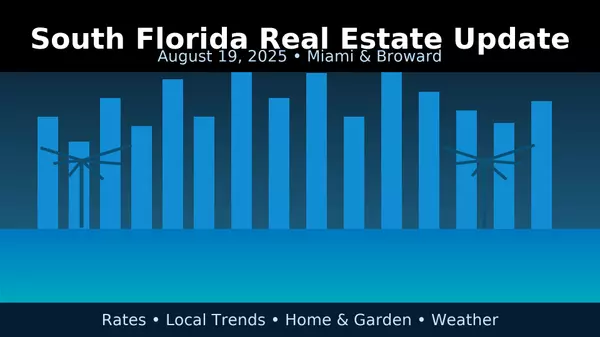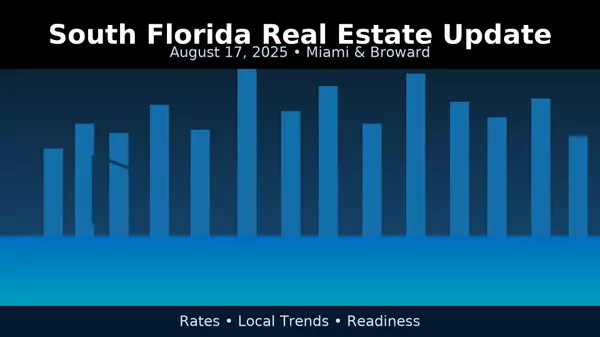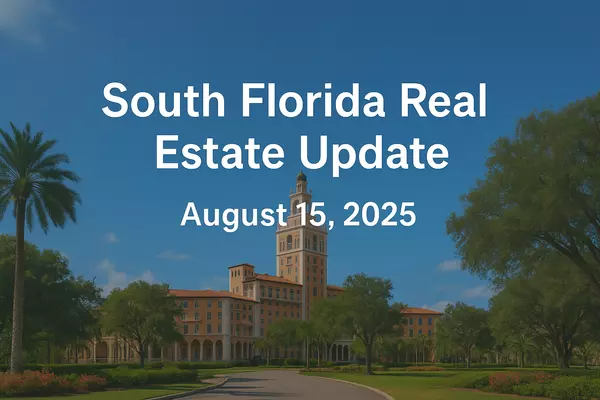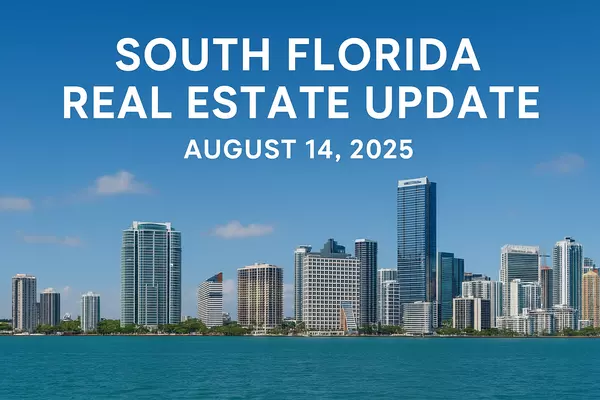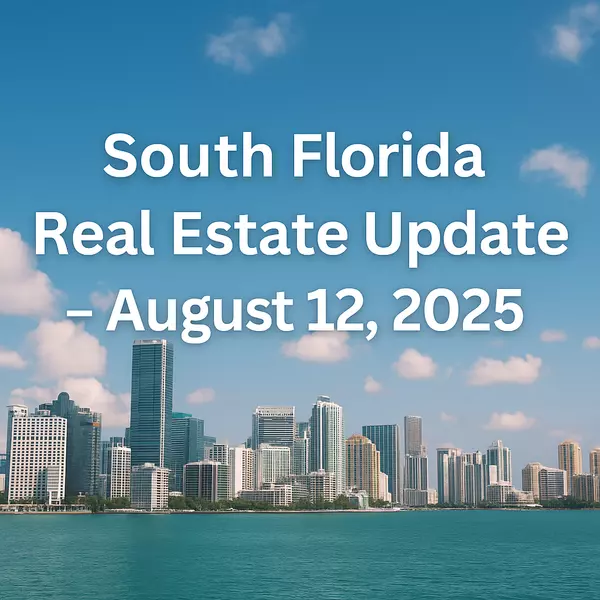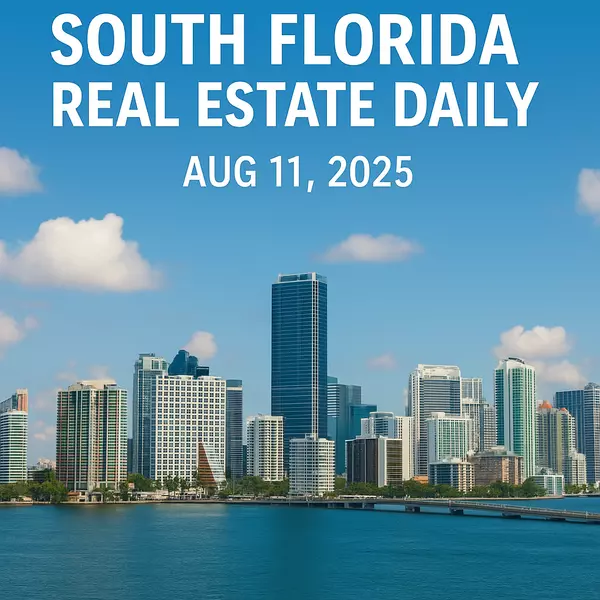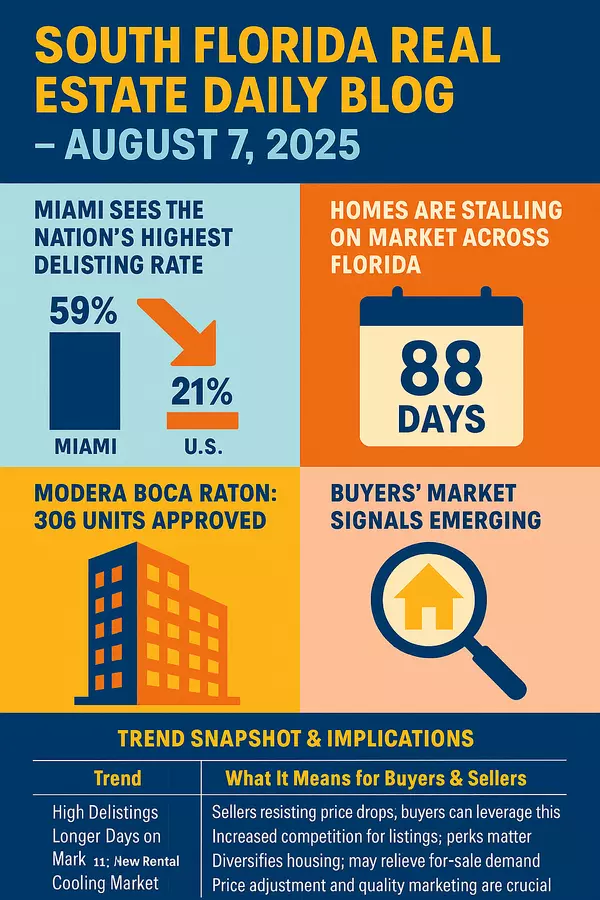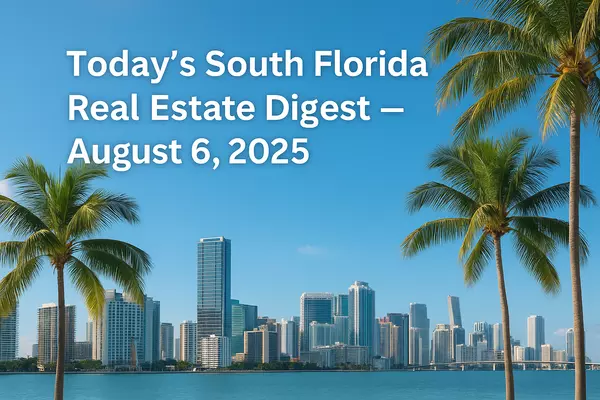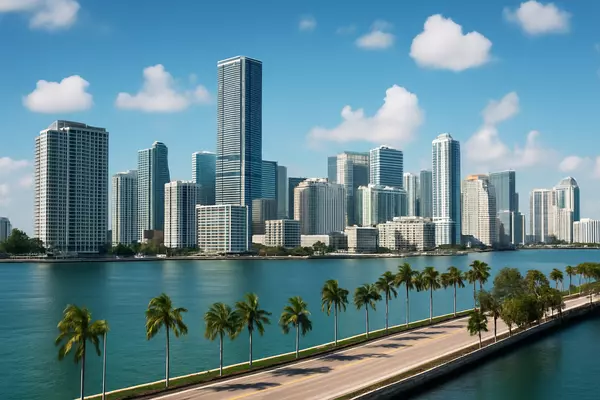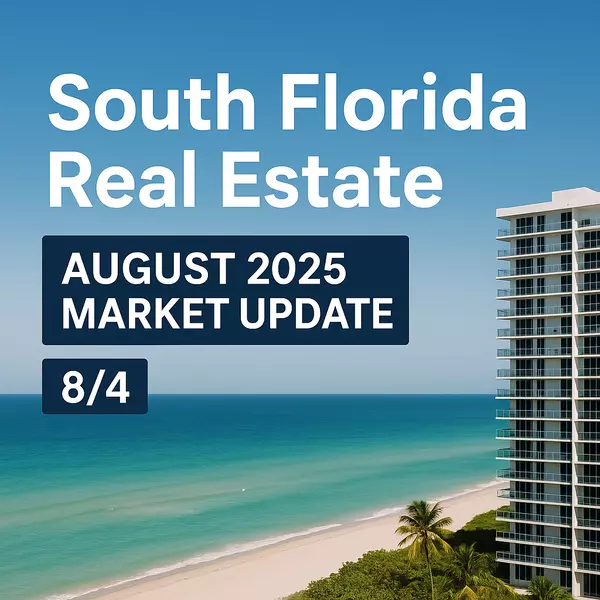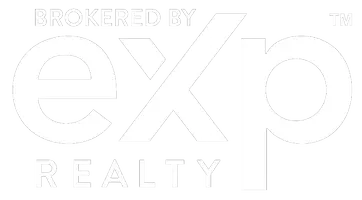The Ultimate Guide to Buying a Waterfront Property in Miami

The Ultimate Guide to Buying a Waterfront Property in Miami Owning a waterfront property in Miami is a dream for many, offering stunning views, direct access to water activities, and a luxurious lifestyle. However, buying such a property comes with unique considerations and challenges. In this
Read MoreUnderstanding the Impact of Interest Rates on Miami's Real Estate Market

Interest rates play a crucial role in shaping the real estate market, and Miami is no exception. As a vibrant and dynamic city, Miami's property market is influenced by various factors, including changes in interest rates. In this blog, we’ll explore how interest rates affect the real estate market
Read MoreMiami's Best Outdoor Activities: Embrace the Sunshine and Adventure

Miami's Best Outdoor Activities: Embrace the Sunshine and Adventure Miami is known for its beautiful beaches, vibrant nightlife, and diverse culture, but it also offers a plethora of outdoor activities that cater to adventurers and nature lovers alike. With its tropical climate and stunning
Read MoreMiami's Hidden Real Estate Gems: Secret Spots You Need to Know About

Miami is known for its glamorous beaches, high-rise condos, and luxurious lifestyle. However, beyond the well-trodden paths lie hidden gems in the real estate market that are just waiting to be discovered. These lesser-known neighborhoods and unique properties offer incredible value and charm, mak
Read MoreExploring Miami's Historic Landmarks: A Journey Through Time

Exploring Miami's Historic Landmarks: A Journey Through Time Miami is often celebrated for its vibrant nightlife, stunning beaches, and modern skyline, but the city also boasts a rich history that is reflected in its historic landmarks. From ancient sites to iconic architectural wonders, Miami
Read MoreWhat does the Miami Lifestyle Consist Of?

Miami, often referred to as the Magic City, is renowned for its stunning beaches, dynamic cultural scene, and diverse population. Living in Miami is more than just residing in a sunny locale; it’s about embracing a vibrant and lively lifestyle that blends relaxation, excitement, and cultural r
Read MoreMiami is the Perfect Place for Your Next Real Estate Investment,Here's Why

Investing in real estate is always a significant decision, and choosing the right location is crucial. Miami, Florida, stands out as one of the best places to invest in real estate. Here’s why Miami should be at the top of your list when considering your next property purchase. 1. Thriving Economy
Read MoreWhy Miami is the Perfect Place to Buy Your First Home

Are you thinking about buying your first home? Miami is a fantastic choice for first-time homebuyers, offering a unique blend of lifestyle, culture, and opportunities. In this blog post, we'll explore why Miami is the perfect place to buy your first home, backed by statistics that highlight it
Read MoreUnderstanding The Miami Market In July ,Looking At The Numbers

Comprehensive Overview of the Miami Real Estate Market (July 2024) The Miami real estate market in July 2024 showcases significant activity and trends, making it an attractive location for buyers, sellers, and investors. Below is an expanded and detailed analysis of vario
Read MoreThe Advantages of Living in a Gated Community in Miami

The Advantages of Living in a Gated Community in Miami Gated communities offer a unique lifestyle that combines privacy, security, and a strong sense of community. Miami, with its diverse neighborhoods and luxurious real estate options, boasts some of the most desirable gated communities in th
Read MoreThe Miami Condo Market: A Comprehensive Guide for Buyers in 2024

The Miami Condo Market: A Comprehensive Guide for Buyers in 2024 The Miami condo market has always been a cornerstone of the city's vibrant real estate landscape. With stunning ocean views, luxurious amenities, and a lifestyle that combines urban convenience with beachside relaxation, it's no
Read MoreThe Ultimate Guide to Buying Luxury Homes in Miami

The Ultimate Guide to Buying Luxury Homes in Miami Miami is synonymous with luxury living, from its stunning beachfront properties to its opulent high-rise condos. If you're considering purchasing a luxury home in Miami, you're about to embark on an exciting journey. As an experienced realtor
Read MoreNavigating the Miami Real Estate Market: Tips for First-Time Homebuyers

Navigating the Miami Real Estate Market: Tips for First-Time Homebuyers Purchasing your first home is a significant milestone, especially in a vibrant and fast-paced market like Miami. As a seasoned realtor with eXp Realty, I’ve guided many first-time homebuyers through this exciting journey. Here
Read MoreThe Impact of Tech on Miami Real Estate: How Smart Homes are Changing the Market

The Impact of Tech on Miami Real Estate: How Smart Homes are Changing the Market Miami's real estate market has always been a hub for innovation and luxury. In recent years, the integration of technology into homes has taken the market by storm, offering buyers a blend of comfort, convenience, a
Read MoreWhy Miami's Real Estate Market is a Smart Investment in 2024

As a thriving metropolis with a rich cultural heritage, stunning beaches, and a robust economy, Miami continues to attract investors and homebuyers from around the globe. The year 2024 is proving to be an exceptional time to invest in Miami real estate. Here are some key reasons why the Magic Ci
Read MoreThe Ultimate Guide to Miami's Nightlife: Hotspots You Can't Miss in 2024

Miami is famous for its electrifying nightlife, with an array of options that cater to every taste and preference. Whether you’re into glamorous nightclubs, chic rooftop bars, or intimate lounges, the Magic City has it all. Here’s a guide to some of the best nightlife spots in Miami for 2024. Fo
Read MoreExploring Miami's Art Scene: Top Galleries and Museums to Visit

Exploring Miami's Art Scene: Top Galleries and Museums to Visit Miami is a city that thrives on creativity and cultural diversity. Beyond its stunning beaches and vibrant nightlife, Miami boasts a rich and dynamic art scene that attracts art lovers from around the world. Whether you're an art
Read MoreMiami's Culinary Scene: Must-Try Restaurants in 2024

Miami is not just a hub for beautiful beaches and vibrant nightlife; it's also a culinary paradise. The city's diverse culture is reflected in its food, offering a wide range of dining experiences from fine dining to casual eateries. Whether you're a resident or a visitor, exploring Miami's cu
Read MoreInvesting in Miami Real Estate: Tips for First-Time Investors

Investing in Miami Real Estate: Tips for First-Time Investors Miami's real estate market has always been attractive to investors due to its dynamic economy, diverse culture, and stunning landscapes. For first-time investors, diving into this market can be both exciting and daunting. This blog wi
Read MoreMiami Real Estate Market 2024: Trends, Insights, and Opportunities

Miami’s real estate market continues to be one of the most dynamic and exciting in the United States. With its beautiful beaches, vibrant culture, and booming economy, Miami attracts homebuyers and investors from all over the world. In this blog, we’ll explore the key trends, insights, and opportu
Read More
Categories
Recent Posts
